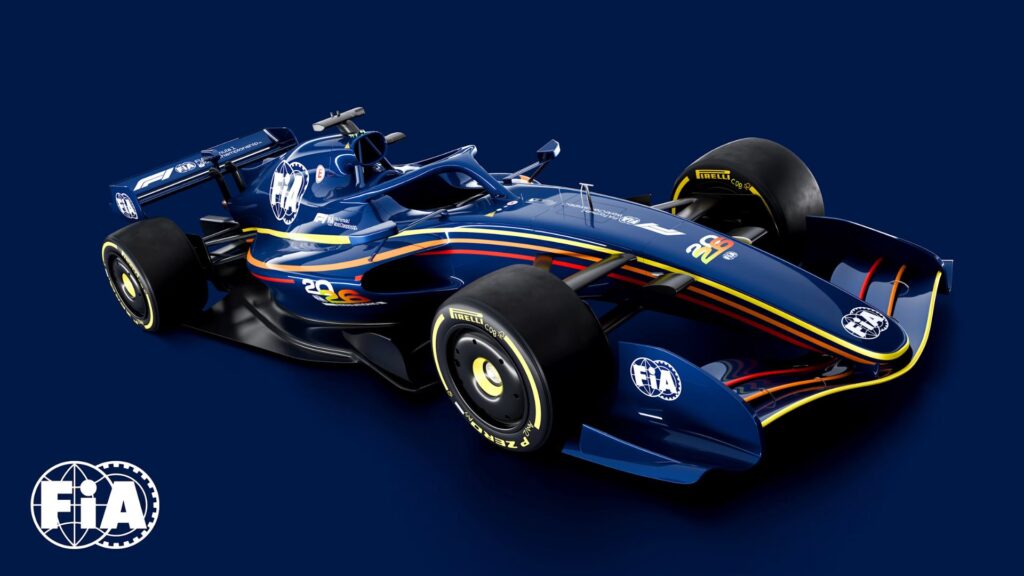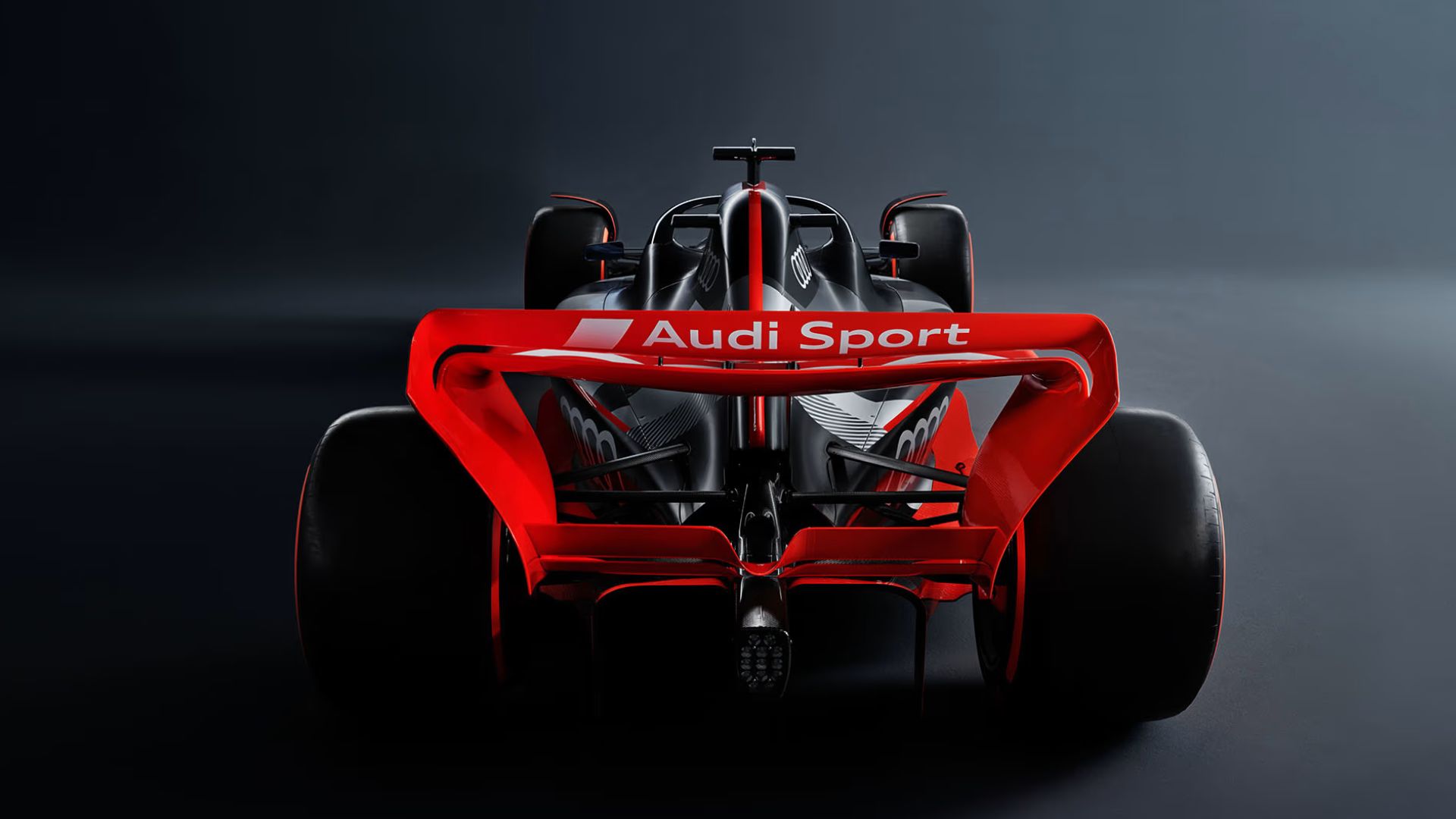
Formula One stands on the brink of a transformational era as the FIA has unveiled its 2026 regulations. These changes, the most radical since the turbo era, focus on enhanced hybrid power, active aerodynamics and more agile chassis dimensions.
Early simulations by Pirelli reveal lap time gaps of up to four seconds between the fastest and slowest cars, raising alarms about competitive balance. Teams and regulators are already debating cost-cap exemptions and safety measures to ensure every entry can race within the 107% rule.
Revolutionary Power Systems and New Manufacturer Entry
At the heart of the overhaul is a tripling of MGU-K output to 470 hp, creating an even 50/50 split between internal combustion and electric power and mandating 100% sustainable fuels. This shift has attracted six engine manufacturers: Mercedes, Ferrari, Ford-Red Bull, Honda, Audi (debuting via Sauber) and Cadillac (initially Ferrari-powered) via Crash.net.
Despite the enthusiasm, Audi’s F1 chief Mattia Binotto admits they “won’t have the best power unit” at launch. Mercedes’ decade of hybrid expertise gives them an early advantage, prompting the FIA to allow struggling teams to exceed the engine cost cap under strict six-race reviews.
Active Aerodynamics Replace DRS Era
The 2026 cars will ditch the Drag Reduction System for sophisticated active aero. Moveable front and rear wings offer Z-mode for high-downforce corners and X-mode for low-drag straights. Drivers can activate these modes at predetermined track points, independent of rival proximity, while a “Manual Override” grants extra battery power when within one second of another car per Yahoo Sports.
Chassis changes shrink cars by 100 mm in width and 200 mm in length, reduce weight by 30 kg, cut downforce by 30% and drag by 55%. These adjustments aim to foster closer, wheel-to-wheel racing and improve overtaking without artificial DRS zones.
Alarming Performance Predictions Raise Concerns
Pirelli’s team simulations show downforce disparities of 20–30%, translating into four-second lap deficits for slower outfits. FIA single-seater director Nikolas Tombazis warns of “unprecedented uncertainty” and suggests potential 107% rule breaches if some cars lag too far behind.
To prevent exclusions, the FIA will permit engine cost-cap overruns for underperforming manufacturers, but stresses no “artificial performance” tweaks. These measures aim to balance innovation with on-track competitiveness as new and returning engine makers find their footing.
Sustainability and Safety Enhancements
The 2026 regulations double energy recovery to 8.5 MJ per lap and mandate carbon-neutral fuels, advancing F1’s Net Zero Carbon goal by 2030. Safety upgrades include stronger crash structures, improved side-impact protection and enhanced electrical system integrity according to Wikipedia.
Additionally, reduced aero wake promises better visibility in wet conditions, improving racing in the rain. With “most unpredictable season in years” on the horizon, the success of these rules will hinge on how swiftly teams adapt to reset competitive hierarchies.












